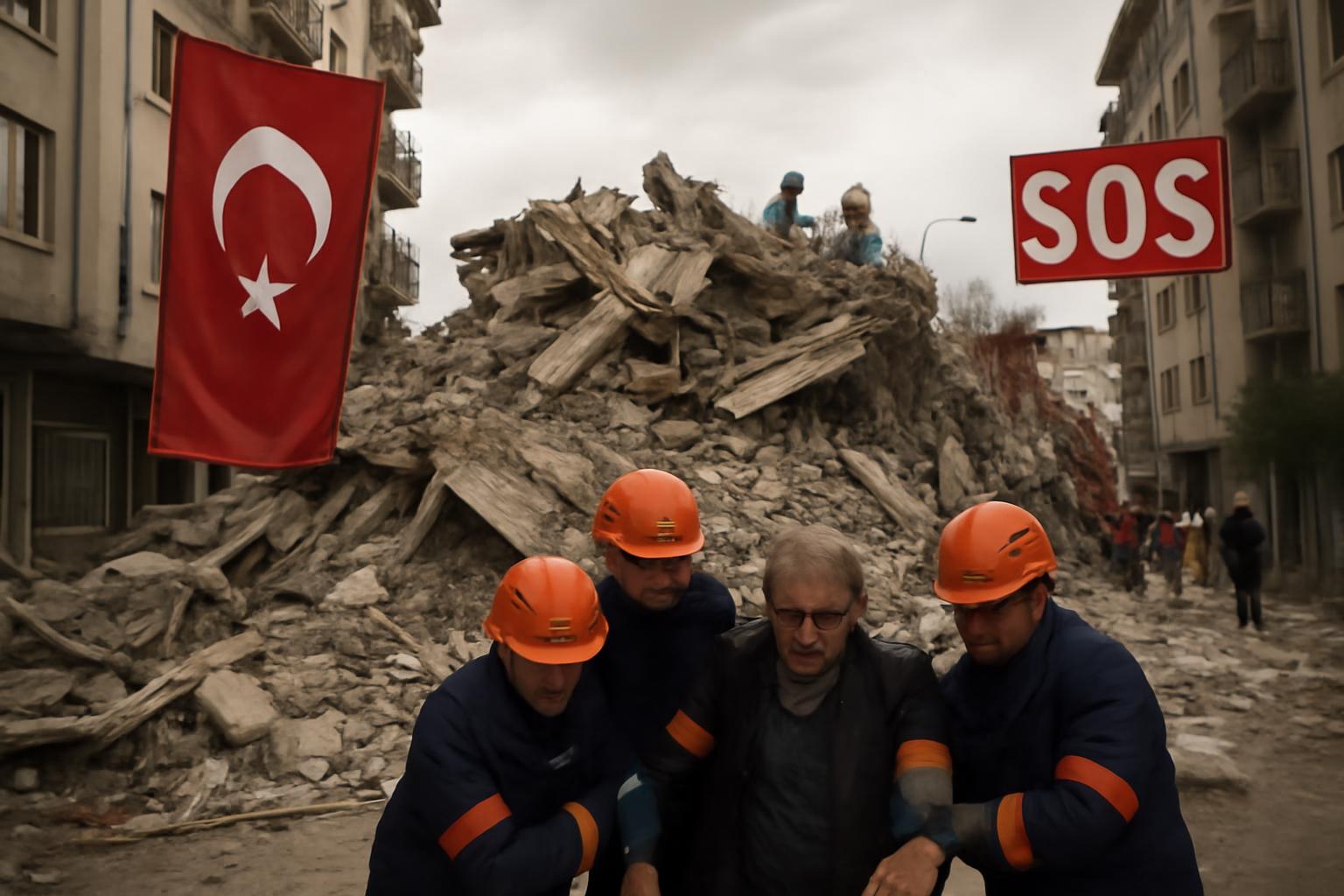A magnitude 6.1 earthquake struck western Turkey, with its epicenter in the Sindirgi district of Balıkesir province at a shallow depth of about 11 kilometers. At least one person was killed and several injured as a number of houses collapsed, including about ten smaller dwellings. Four people were pulled from the rubble of a house, three of whom were hospitalized while one man died of his injuries. Rescue teams were still attempting to reach two people believed to be trapped, and there were six aftershocks within the first hour. The tremor was felt as far away as Istanbul and Izmir, more than 200 kilometers distant. President Erdoğan expressed wishes for safety and a swift recovery in a post on X. The incident underscores the region’s seismic risk, with Istanbul known to be highly exposed; Turkey also recalls the devastating Hatay earthquakes of 2023, which killed more than 53,000 people in the country.
One must always remind oneself that the ground beneath our carefully laid plans has a voice loud enough to interrupt even the most confident of schemes. Western Turkey trembles, and the news dutifully catalogues the casualties and the rescue efforts as if a mere ledger entry could ever capture the true gravity of the moment. It is quaint, in a way, how the state’s most fervent assurances—safety, recovery, resilience—are spoken with the practiced calm of a public-relations chorus, while the streets of those who could not afford sturdier concrete, or sturdier zoning, bear the real cost. The epicenters may shift, the depth may vary, but the pattern remains: the prosperous integers of our great nation dance around the margins while the brick-and-mire daily realities of countless families crumble on cue.
And yet, we hear again of Istanbul’s exposure, a city that sits as a crown jewel at the edge of catastrophe, its skyline a proud brag of civilization—and its builders, perhaps, a bit too enamored with aesthetics to grant the safety those ostean pillars demand. The memory of Hatay—an earthquake that erased tens of thousands—hangs over every press release, every promise of better codes and better construction. If there is a moral to be drawn, it is not that nature will bow to our wealth, but that wealth should compel us to invest not just in monuments to opulence but in the hard, unglamorous work of proper engineering, rigorous enforcement, and housing that can weather the ground’s tantrums. Until then, the stories will be repeated, the headlines will turn, and the ground will remind us all of how small a role fortune plays when the earth shakes.
